Use of Black and White Vignettes in Photography
Why Vignette?
Before getting into the article, a quick introduction to vignettes:
Vignetting refers to in its most general sense any technique that is used to frame the subject. In its original usage, it referred to the decorative practice of putting a vine motif around the edge of a book, hence vigne or vignette. In photography, it generally refers to adding in a gradient of color (de)saturation, light or dark around the edges of a photograph to varying degrees in order to better highlight the center of the photograph—or if you’re feeling adventurous, off-center.
Vignetting may be accomplished through a variety of means. Vignetting occurs naturally with many digital imaging sensors, which may or may not be desirable. It may also be created in virtually all image editing software, or with specialized lenses and filters.
This may achieve a variety of effects in the photograph, depending on the context—and the type of vignette. As with all photography, use of vignettes is quite subjective, so feel free to experiment.
Black Vignette
This is your classic vignette—or as is often the case, clichéd, as it is often overused. Black vignettes are the easiest way to emphasize a subject, especially in complex backgrounds where your subject may otherwise feel lost. They also work to provide a sense of drama to the photo, and something of a nostalgia, particularly with portraits. In excess, they may feel oppressive and overly dark, though that may also be your intention. A high contrast black and white works well here, as well as deeply color saturated photos.
Black vignettes may be used to fix the balance in a photo. If one side feels too dark, it may be evened out by adding in individually placed black gradients, creating an overall black vignette.
Black Vignette Examples

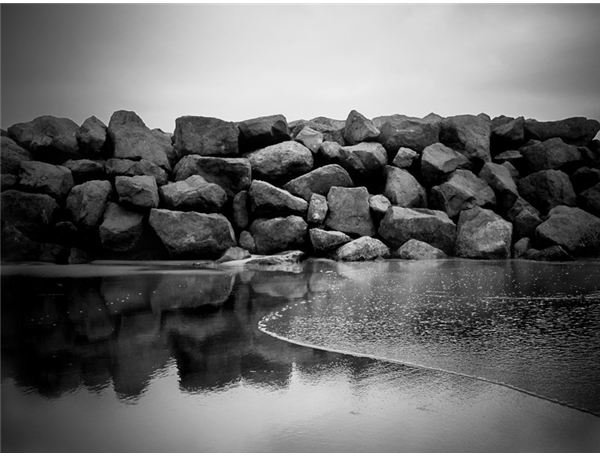
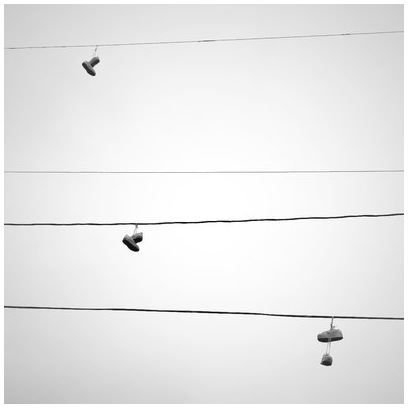
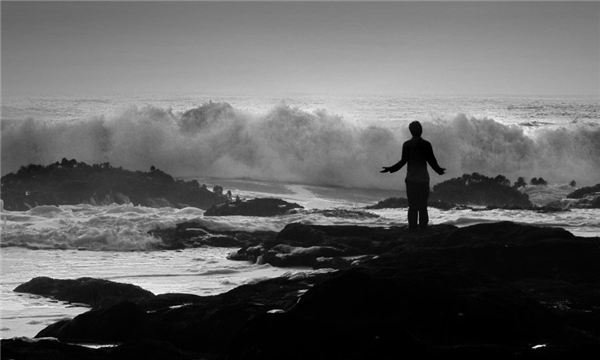
White Vignette
White vignettes tend to be less popular than their black counterparts, which follows the general trend of modern photography being quite dark in nature, though they are no less effective for it.
White vignettes tend to work best in scenes that are already very bright, for instance, a sunny day at a beach. Low color saturation and uncluttered backgrounds also help the effect. Using one adds a sense of space, of expansiveness, giving a more positive and open feel.
White vignettes, as with black vignettes, may be added to add balance to a photo. A lens flare in one corner of a photo may be deemphasized by making the photo overall brighter with use of white vignetting.
White Vignette Examples
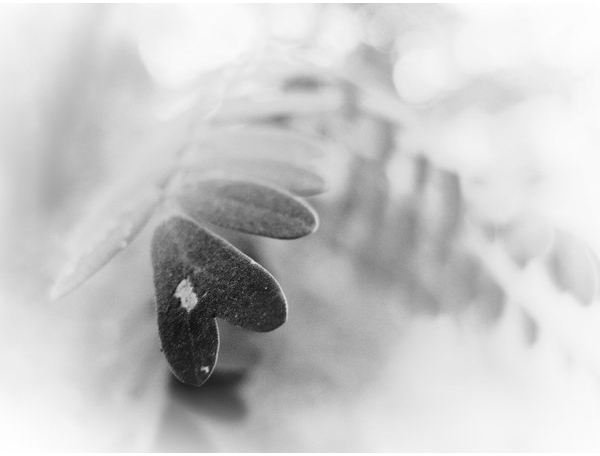
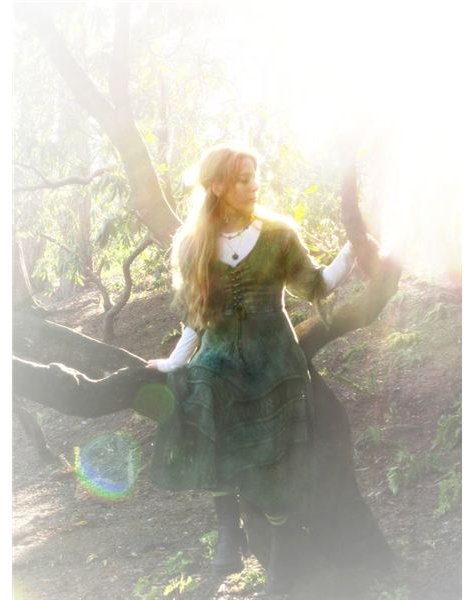
Other Vignettes
There are other types of vignettes to consider as well, if you’re feeling experimental.
Another popular type of vignetting is a desaturation gradient, which works especially well to make a colorful subject stand out against a bleak black and white background without diminishing the detail of the scene, as opaque vignettes tend to do.
Use of colors in vignettes is a daring one, and one that I have not admittedly played around with. By all means however, experiment! A red vignette, for instance, could add a lush (or bloodthirsty) feel to the photo, depending on the context.
For more information, I highly recommend this article at Digital Photography School: Vignettes – Lighten or Darken? and another, Vignettes 101. Also check out another Bright Hub article on vignettes.
